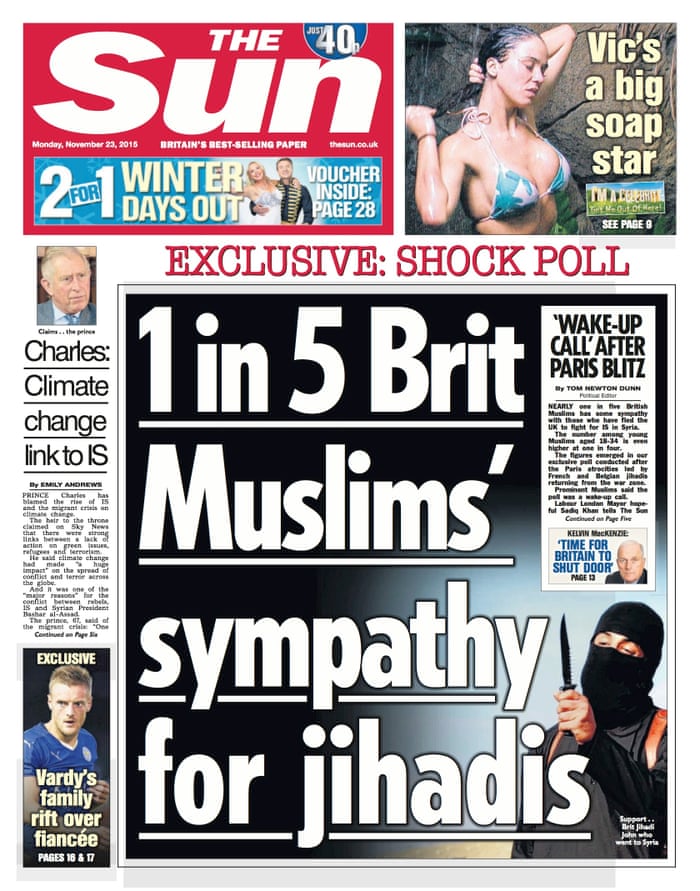GENRE
DI: There are kids walking along the sidewalk in a rough neighborhood and they come across a crime scene. Then they get to school and Tre gets up and teaches the class with his superior knowledge compared to the rest of the class. There are strays all around the neighborhood also.
S: The setting is in 1984 in a fairly poor neighborhood/school.
T: The themes are violence and corruption.
I: The props include the teachers stick and also police tape showing the time period and the corruption in the neighborhood.
N: There is no narrative.
C: The young boy is shown as the main character.
T: A low angle is used for Tre when he is peaking to show his superior knowledge compared to all of the other students in his class and so a high angle i used when the dialogue of the other students occur.
MISE EN SCENE
C: As soon as the opening scene begins, Tre (the young boy) is wearing very smart and formal clothes, further emphasising his intelligence and maturity. The rest of the kids around him are wearing typical colourful, children's clothes to match their age and lack of maturity compared to Tre. Tre's mother is wearing a very formal outfit, suggesting how how her lifestyle is of a middle/maybe high class. This contrasts with how Tre's teacher was talking down to her on the phone.
L: All of the lighting used in the opening scene is natural lighting to show the normality of the children walking and being at school. However, there is also a bit of high key lighting used.
A: You can see that the main character is Tre and his friends.
M: There is no specific makeup being used to create anything. However, the mother of Tre is wearing makeup to symbolise her age and maturity.
P: Whilst the kids are walking to school and looking at a crime scene, there are posters of the president with bullet holes covering them. This has been done to signify the violence and also hate that the people in the neighborhood feel towards the president. Furthermore, at school, the teacher uses a stick at the front of the class as a pointer etc. so this represents the time period as nowadays we would have laser pens/remotes.
S: The setting is in a rough neighborhood where scenes include the sidewalks and school that the young children attend. The use of the downtown alleys with kids in them are used to show how there are many places where things could go wrong e.g. shootings.
SOUND
M: Soft, investigative music is used in the beginning when the kids are walking however the music changes to create tension when the kids are "investigating" the crime scene.
C: The music is parallel to the kids on their way to school because they begin by being chilled walking and then they decide to investigate an alley.
D: Diegetic sounds are heard in the beginning, like animal noises and police cars/sirens.
O: Offscreen, noises like: older men shouting, cars, gun shots, planes, helicopters, police and screams can be heard. Onscreen, you can see the teacher and students talking to each other in the school.
V: There are no voiceovers.
E: The sound creates emotions of fear, worry and possibly confusion.
D: The dialogue sued by the teacher, mother and kids all mean something different. The kids' dialogue on their way to school is talking about very advanced things that normal kids wouldn't talk abut. The teacher's dialogue is used to emphasise how smart Tre is and the mother's dialogue is used to show her responsibility and maturity (even when she the teacher is being rude to her).
EDITING
S: The most screentime is covered by the young group of children, however, the young boy Tre has the most screentime to emphasise his main part in the movie.
T: There are no transitions, they are just straight cuts to different scenes.
O: The order of narrative is chronological.
P: There is no change of pace in the editing, all scenes are the natural pace of how they were filmed.
S: Special effects in the opening scene include the gunshots when the screen is black. This emphasises the rough neighborhood.
Subscribe to:
Post Comments (Atom)
Jean Baudrillard - Post Modernism theory + application of usefulness
Baudrillard's theory: - The idea that in postmodern culture, the boundaries between the 'real' world and the world of the medi...

-
Paul Gilroy's theory: - The idea that colonial discourses continue to inform contemporary attitudes to race and ethnicity in the postc...
-
Baudrillard's theory: - The idea that in postmodern culture, the boundaries between the 'real' world and the world of the medi...
-
How are different social groups represented in the sequence you have analysed? What role does the use of media language, signs and signifie...
No comments:
Post a Comment